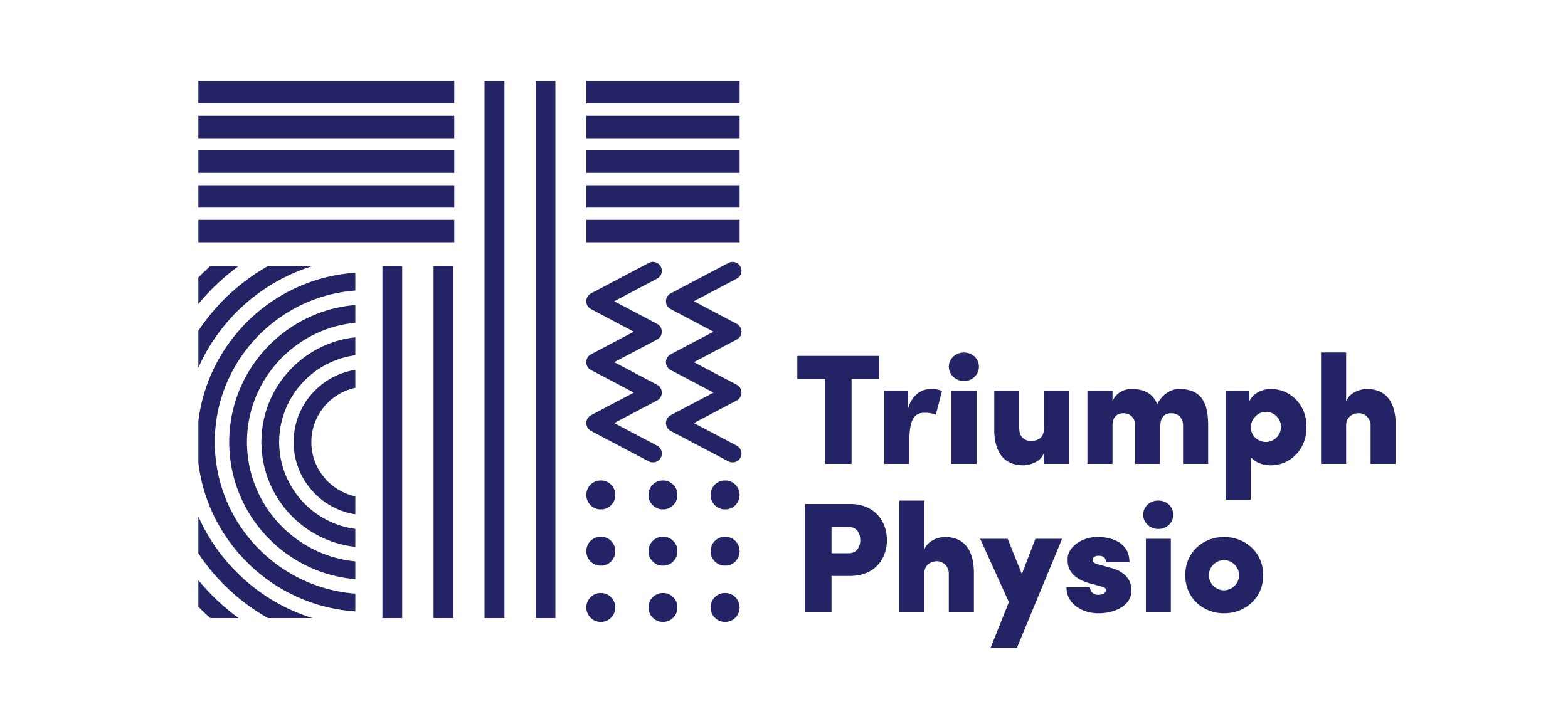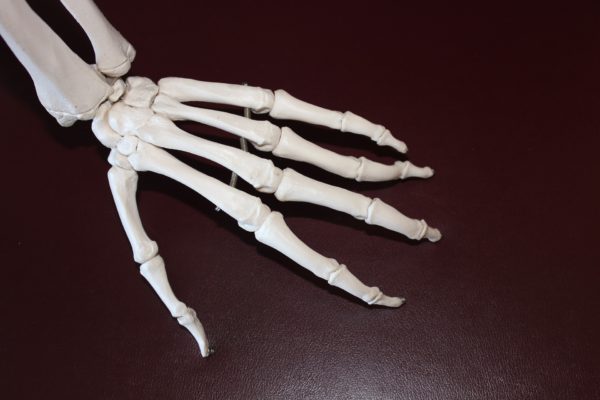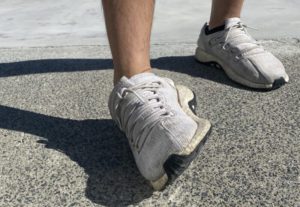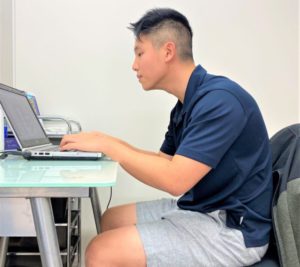Overview
A Scaphoid fracture accounts for 82-89% of all wrist bone fractures. The scaphoid bone sits between our thumb and forearm and plays an important role in the function of our wrist.

Mechanism of injury
For a scaphoid fracture to occur, a significant external force is required, typically seen with a fall on an outstretched hand. The impact from a fall causes the scaphoid bone to compress into the radius (forearm bone), resulting in fracture most likely to occur in the middle of the scaphoid. 2 major ligaments attached to the bone are also at risk of injury as well.
Symptoms of Scaphoid Fracture
– Swelling in the anatomical snuffbox
– Reduction of 50% in grip strength compared to the other hand
– Pain on palpation in the anatomical snuffbox
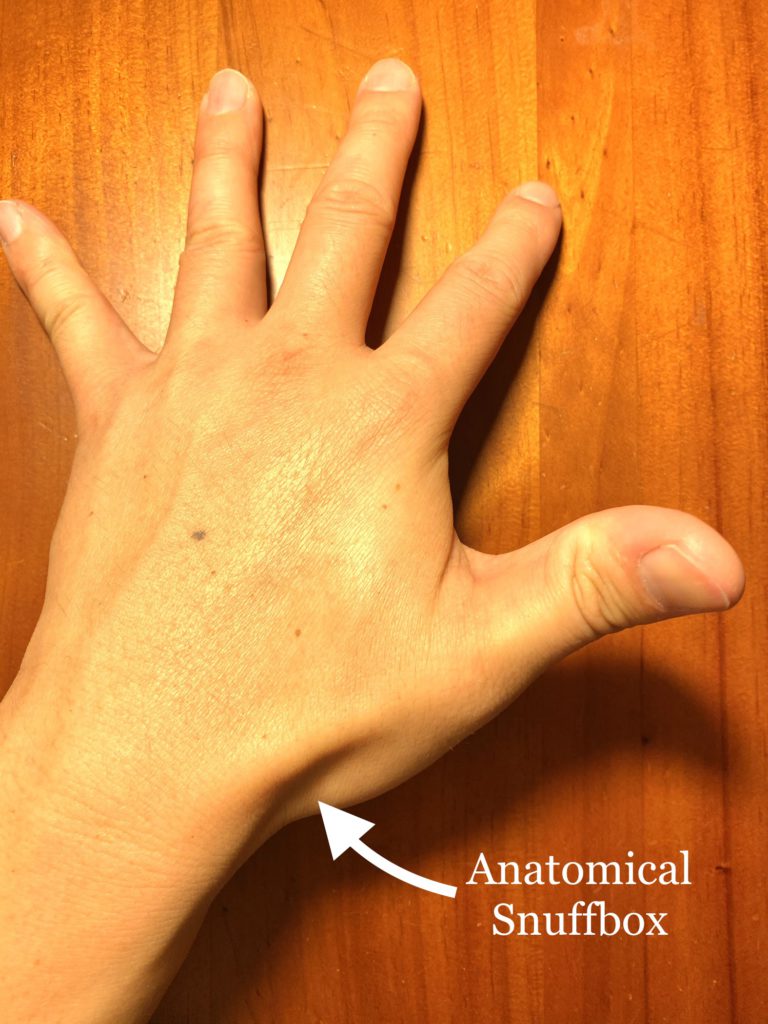
Physiotherapy Treatment after a Scaphoid Fracture
For non-displaced scaphoid fractures, where there isn’t a shift of the bone during injury. The aim of treatment is to allow the fracture to consolidate and return function to the wrist. Immobilisation of the wrist with a brace or cast is often used to allow the bone to heal. The duration of immobilisation depends on the healing of the bone. Once the bone has healed rehabilitation is aimed to restore full strength and function through joint mobilisation, soft tissue manipulation and specific forearm/wrist and hand exercises.
Summary of rehabilitation with physiotherapy post Scaphoid Fracture:
- Immobilise to allow bone healing
- Restore range of motion
- Restore strength
- Return to sport specific exercises/drills
For more severe cases of scaphoid fractures we refer to an orthopedic surgeon.
For appointments
Triumph Physio is located in Mount Wellington and in Newmarket, Auckland. We have qualified Physiotherapist registered under ACC that can help with your rehabilitation. We can also refer your wrist for an x-ray or a specialist if required. For more info call us on 09 526 1448 or book online by clicking on the button below
References
Rhemrev et al. (2011). Current methods of diagnosis and treatment of scaphoid fractures
